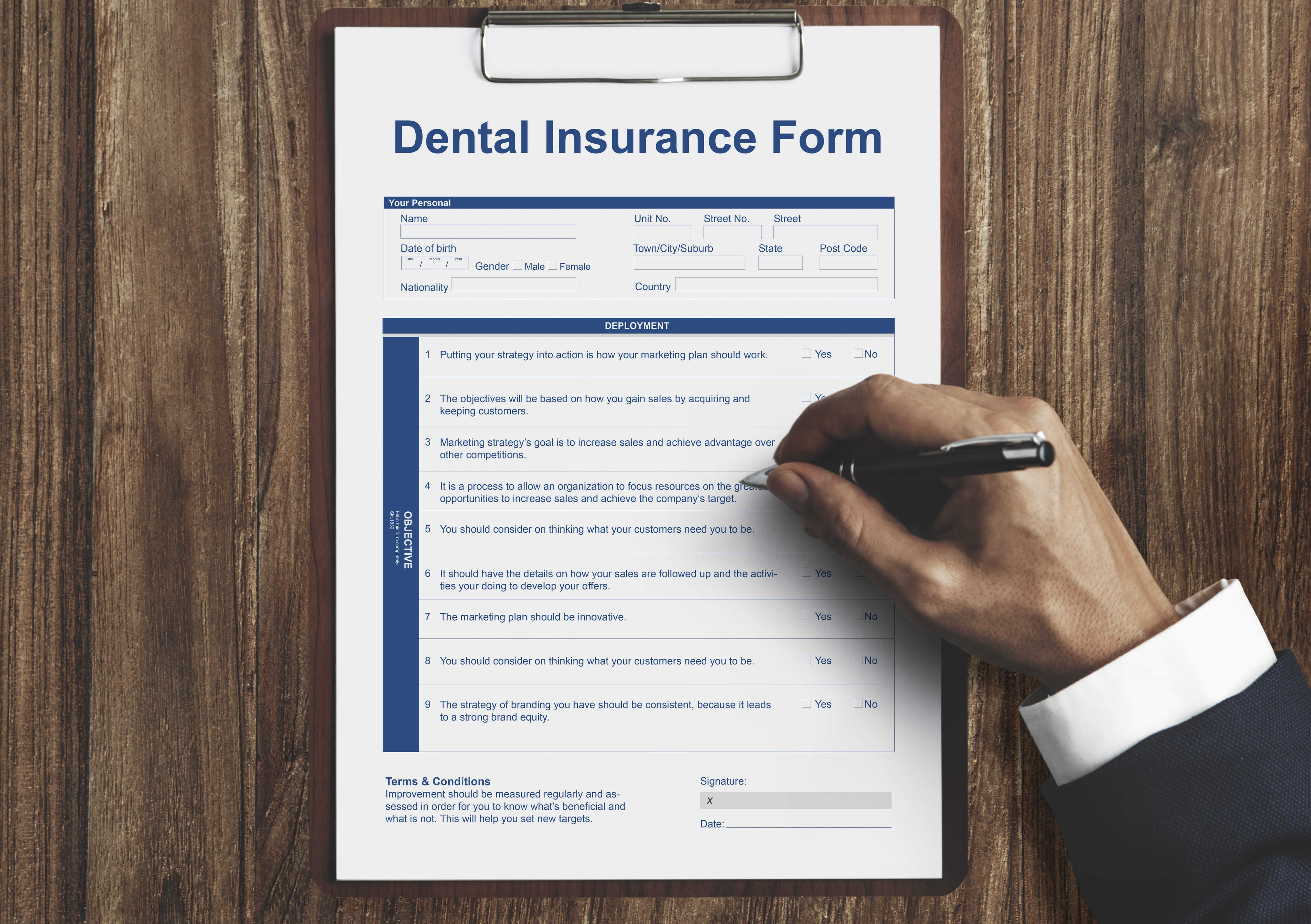Integrated Technology Solutions for Dental Practices

Recent advancements in technology have revolutionized the field of dentistry, ushering in a new era of integrated technology solutions for dental practices. From 3D printing to digital scanning and imaging, dentists now have access to a range of cutting‑edge tools and technologies that enable them to diagnose and treat patients more accurately and efficiently than ever before. In addition, innovations in materials and techniques have led to less invasive and more comfortable procedures, further improving the patient experience.
Integrated Technology Solutions for Dental Practices: Latest Innovations
Digital Imaging Technology
Digital imaging technology such as digital X‑rays and intra‑oral cameras is becoming increasingly popular in dental practices. They provide clearer and more detailed images than traditional film X‑rays, which can help dentists diagnose and treat patients more effectively.
Dental CAD/CAM Systems
Computer‑aided design and manufacturing (CAD/CAM) systems are becoming widely used in dental practices to design and create dental restorations such as crowns, bridges, and dentures. These systems allow for faster and more precise fabrication of restorations, which can lead to better patient outcomes and satisfaction.
3D Printing
Dentists use 3D printing in a variety of ways to improve patient care and treatment outcomes. One common use of 3D printing in dentistry is to create custom dental implants, crowns, and bridges. Using a digital scan of the patient's teeth and jaw, dentists can create a precise 3D model of the implant or restoration and print it using biocompatible materials. 3D printing can also be used to create surgical guides for implant placement, improve accuracy, and reduce surgical time. Additionally, 3D printing can be used to create models for orthodontic treatment planning and to create temporary prosthetics for patients. And in terms of the service provider, 3D printing service in China will be a cost‑effective option without compromising on quality.
Patient Education Software
Patient education software can be used to help patients better understand their oral health condition and the recommended treatment options. This can lead to more informed patients who are more involved and invested in their care.
Patient Management Software
Even though dental practices have self‑reported that they spend a significant amount of time managing scheduling, only 26 % of practices in a recent survey indicated that they accept online booking. Implementing scheduling software can have a major impact on operational efficiency and free up staff to handle other tasks. Using patient management software is recommended for dentists to efficiently manage patient records, appointments, and billing, ultimately saving time and increasing the accuracy of patient information.
Financing Software
Financing software can help patients afford the cost of care by providing them with an option to break up the cost of treatments and procedures into monthly payments. This empowers more patients to move forward with recommended treatment and improves overall oral health in the community. Practices that pair financing tools with dental patient consumer financing programs often see higher case‑acceptance rates and stronger long‑term revenue.
Teledentistry
Teledentistry allows dentists to provide remote consultations and follow‑up appointments to patients. This can be especially beneficial for patients who live in remote areas or have mobility issues, ultimately expanding access to dental care.

Benefits of Using Tech in Dentistry
More Accurate Diagnoses
Digital imaging technology, such as digital X‑rays and 3D scans, provides dentists with a clearer and more detailed view of a patient's teeth and mouth. This allows them to identify problems earlier and with greater accuracy, leading to better diagnoses and treatment outcomes.
Improved Efficiency
Technology allows dentists to perform procedures more quickly and with greater precision. For example, CAD/CAM technology can create custom‑made dental restorations in a single visit, eliminating the need for multiple appointments. This saves time for both the dentist and the patient.
Enhanced Patient Comfort
Dental lasers and other technologies can make procedures less invasive and more comfortable for patients. Laser technology, for example, can be used for gum reshaping, cavity detection, and teeth whitening with less discomfort and faster healing times.
Increased Safety
Digital imaging technology reduces the amount of radiation exposure for patients, making it a safer option. Additionally, many technologies, such as intraoral cameras, can help dentists identify potential issues earlier, leading to earlier intervention and less invasive treatments.
Better Communication
Technology allows dentists to communicate more effectively with patients. For example, virtual consultations can help patients discuss their dental needs with a dentist without having to come into the office, and dental software can help dentists explain procedures and treatment plans more clearly to patients.
Improved Record‑Keeping
Dental software can help dentists keep accurate and detailed records of their patients' dental histories, treatments, and appointments. This information can be easily accessed and shared with other healthcare providers if needed.
Make the Most of New Technologies
To effectively implement new technologies, dental practices should create a clear implementation plan that includes staff training and support. This will ensure that all staff members are familiar with the technology and can use it to its full potential.
In addition, dental practices can seek feedback from patients to ensure that the technologies are meeting their needs and improving their experience. This can include conducting surveys or focus groups to gather insights and suggestions for improvement.
Finally, dental practices should regularly evaluate and update their use of new technologies to ensure that they continue to provide value and meet the evolving needs of the practice and its patients. This may include upgrading existing technologies or adopting new ones that offer additional benefits or features.
Summary
The integration of technology into dental practices has transformed the field of dentistry, making dental procedures more accurate, efficient, and comfortable for patients. From digital imaging to patient education software, these technologies offer significant benefits such as more accurate diagnoses, improved efficiency, enhanced patient comfort, increased safety, better communication, and improved record‑keeping. To make the most of these technologies, dental practices should have a clear implementation plan, seek feedback from patients, and regularly evaluate and update their use of new technologies.

















